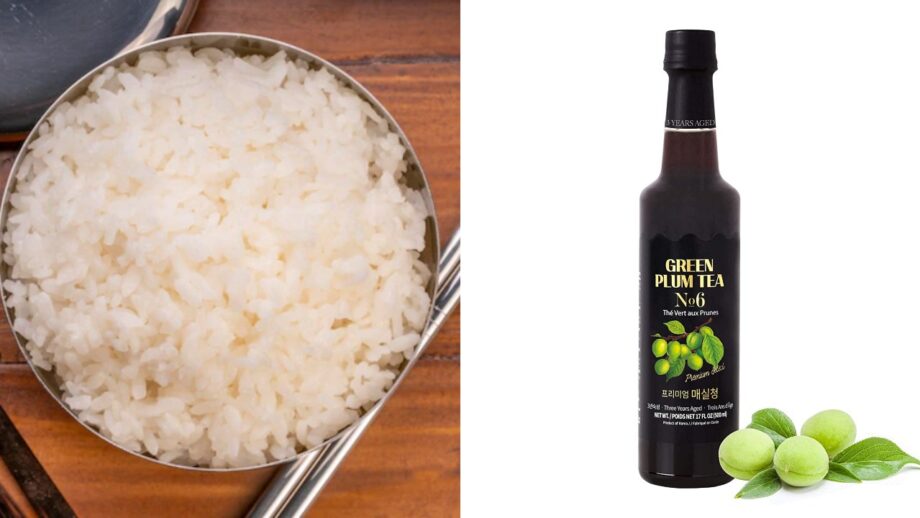Some of the information provided below is simply based on Koreans’ use of homemade cures. But hopefully, these can still be of some assistance to you.
1. RADISH
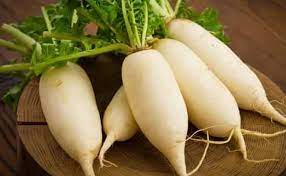
Koreans enjoy eating radish not only for its flavor but also for its many health advantages. Diastase, amylase, and esterase are a few of the digestive enzymes it contains that aid in digestion. So this explains why Koreans enjoy eating radish salad or pickles with Korean barbecue.
2. STICKY RICE
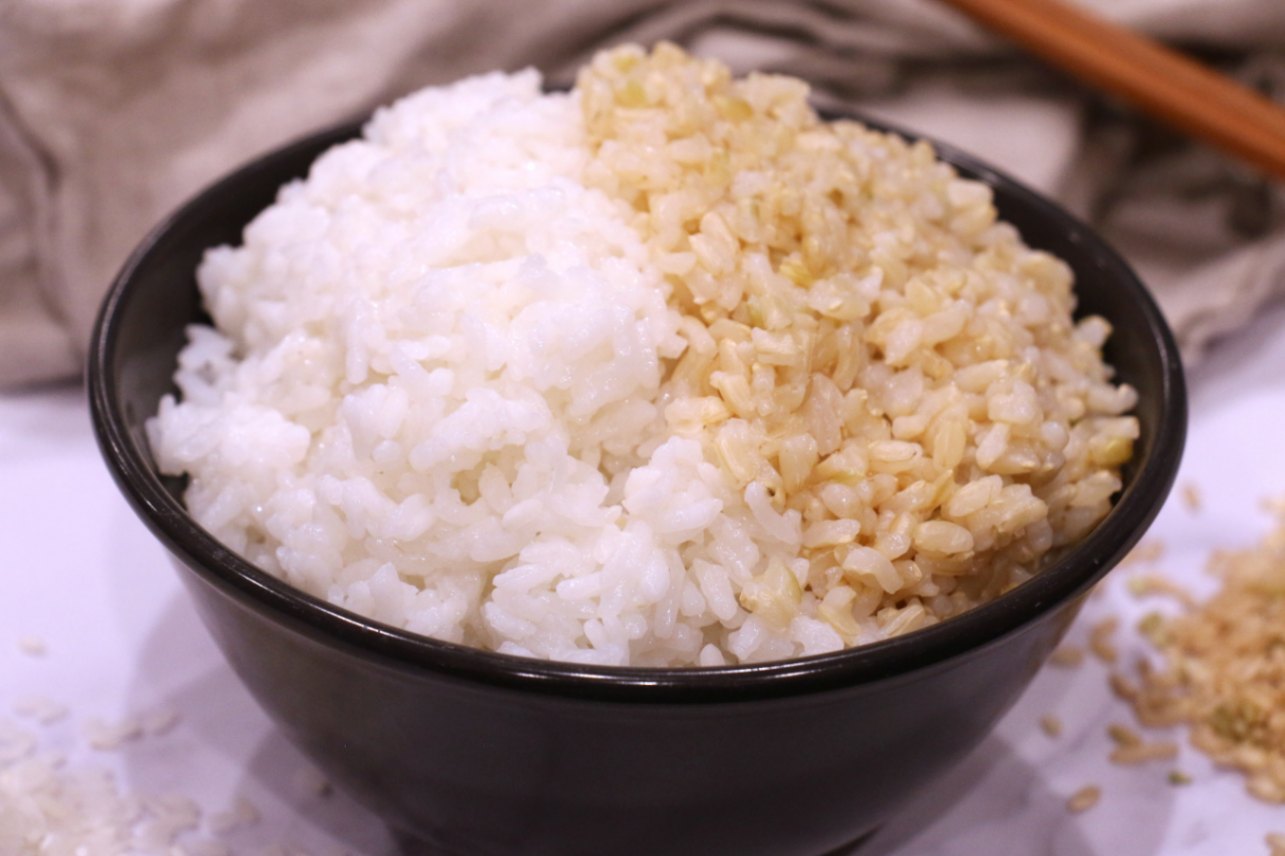
In Korean cuisine, multi-grain rice (japgokbap) and sticky rice, sweet rice, and glutinous rice are frequently used in desserts and rice balls. However, Koreans also hold the view that eating sticky rice or sticky rice cakes (chapssal tteok) improves digestion, coats the stomach, and treats ulcers.
3. GREEN CABBAGE
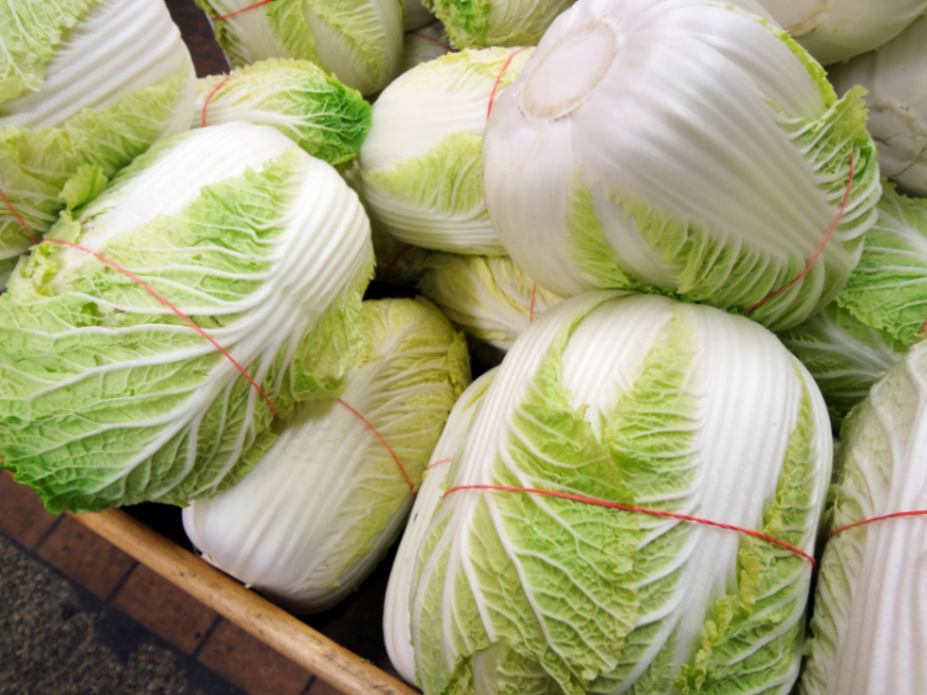
We have already discussed drinking cabbage juice to aid my acidic stomach. It accomplishes this by coating your stomach first, and then the cabbage (either raw or cooked) includes an oligosaccharide kind of carbohydrate that cannot be broken down by salivary and digestive enzymes.
4. GINGER
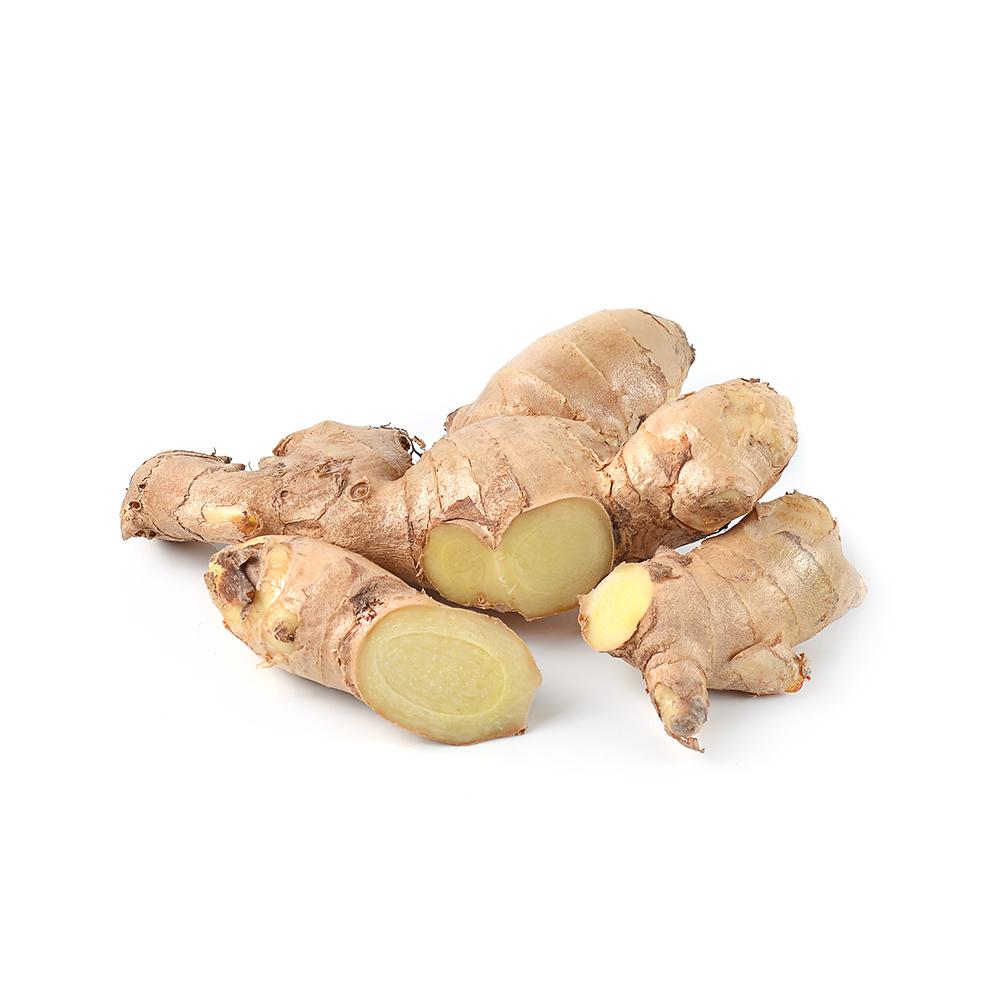
In Korea, ginger is well-known as food that warms and awakens the stomach, causing it to create more digestive enzymes. Making a large batch of ginger tea—not the bag variety—by simmering three to four large ginger slices in a pot for at least 30 minutes may help you have better digestion. Try drinking a hot cup of this tea after each meal if you have difficulties digesting food.
5. GREEN PLUM SYRUP
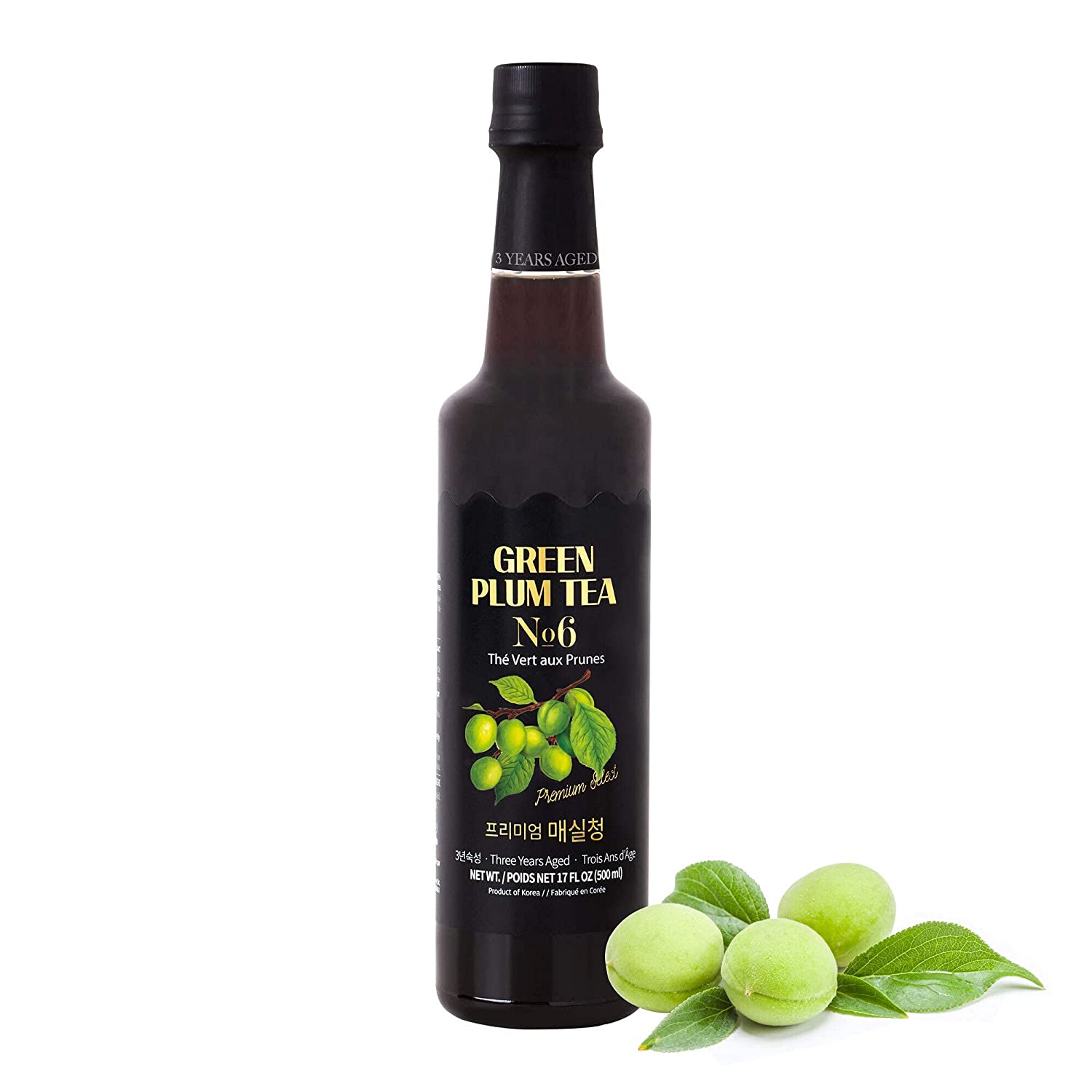
Records from the Three Kingdom period show that Maesil, or Green Plums, have been dried + smoked (Omae), and have been utilized in traditional Korean medicine for thousands of years (Samguk Sidae).
Source: kimchimari

